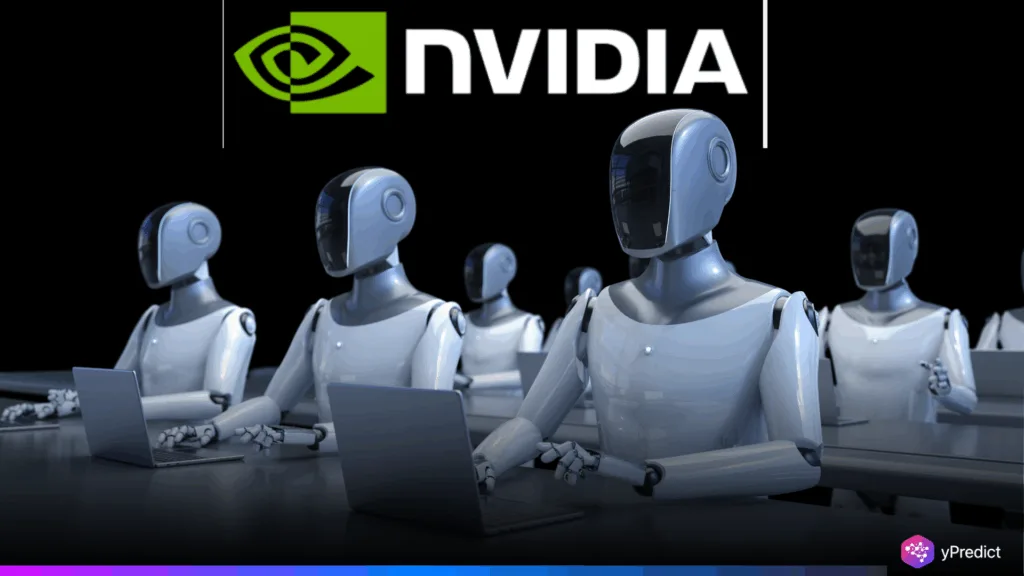
Nvidia has announced a breakthrough in long video reasoning with an AI system. This is capable of processing and understanding one-hour videos from a variety of genres, such as vlogs, sports, and games.
This study introduces LongVILA-R1-7B, a model trained using a unique two-phase method. It is supported by a brand-new dataset with 52,000 QA pairs called LongVideo-Reason. Additionally, this work tackles the memory, dataset size, and temporal tracking limitations of current models.
Key innovations include training methods like reinforcement learning and chain-of-thought learning, as well as the parallel computing technique MR-SP. The result? Higher accuracy, faster training, and real scalability.
Nvidia Leads Next Leap in Long Video Reasoning
Traditional models have trouble using AI reasoning on long videos because of their small datasets and high processing overhead. Nvidia uses a structured training process to address this. After this initial chain-of-thought learning, feedback is used to refine responses through reinforcement learning. Furthermore, this two-phase method helps the model understand complex sequences that span long periods.
Additionally, the team presented LongVideo-Reason, a dataset created especially for long video reasoning. It provides detailed annotations for topics like sports, games, and vlogs. Additionally, this dataset gives models the training ground they need to efficiently reason across minutes of textual and visual input.
New AI Training Crushes Speed and Accuracy Limits
Nvidia developed Multi-modal Reinforcement Sequence Parallelism (MR-SP) to compensate for the massive volume of hour-long content. This system removes the need for additional calculations by processing video segments in parallel and storing intermediate results. Additionally, MR-SP accelerates reinforcement training by 2.1×, demonstrating an impressive efficiency gain.
LongVILA-R1-7B outperformed models like Video-R1-7B (62.7%) and even outperformed GPT-4o in some tests. Its accuracy of 67.9% is above the LongVideo-Reason benchmark. Its performance is improved by longer videos, unlike other models. Through the successful processing of 3,600-frame videos on a single 8-GPU node, video analysis memory barriers are eliminated.
Smarter Video Analysis for Sports Games and Robots
This model’s ability to scale with video length opens the door to better video analysis across a range of domains. From robotics and driverless cars to sports strategy and player evaluation, AI can track objects and decisions over time.
It can summarize lectures in the domains of media and education, offer scene-based insights, and respond to queries from films. It is promising, but there are challenges. Therefore, real-world videos frequently last longer than an hour, and the definition of “reasoning” in AI still requires improvement.
Nvidia’s Long Video Reasoning Redefines Scale
Long video reasoning represents a fundamental change in the way AI engages with longer content. Nvidia’s effective system and innovative training techniques are bringing AI reasoning closer to being ready for the real world. As a result, the groundwork is established, and industries from robotics to entertainment are closely monitoring it.






